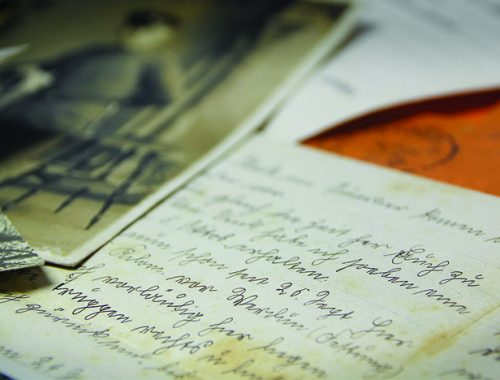For some of us, we can trace our heritage back to the early days of North American colonization. And in some cases, that means ancestors who took part in the American Revolutionary War. Finding ancestors who fought, spied, or otherwise participated is exciting and makes a great story. But searching for them is not always as easy as simply building your family tree back to the 1770s.
Build Your Family Tree
Though it’s not the only clue to ancestors involved in the war, it helps to build up your tree to that time period. As you go, make sure your tree is accurate! This will give you names to search if you suspect anyone between the ages of 16 and 60 might have served.
Know Your Dates
The War itself actually began on April 19, 1775 in Lexington, Massachusetts. While you may find enlistment and militia records prior to them or in a different place, they weren’t likely part of the Revolution before this point.
If you’re looking for the Continental Army (the Patriots), you should search for State Line Troops and militias, possibly in records as a rebel or patriot. If your ancestor is marked as a Tory or Loyalist, they fought for the British.
Service Records
Unless you can recognize a soldier’s name, or unless you have letters or journal entries, you’ll need to look through service records. Military service records don’t always have all information, but you may find a name, rank, service start and/or end dates, physical description, and date and place of death (if applicable).
Records you can search include the General Index to Compiled Military Service Records of Revolutionary War Soldiers. You can access this for a fee at www.fold3.com as well.
If you are on-site at the Family History Library or another archive, you can search the microfilm for this index. The Family History Library also has the Compiled Service Records of Soldiers Who Served in the American Army during the Revolutionary War. These records are on microfilm and you can search them by your ancestor’s military unit.
On Ancestry.com, you can search for Revolutionary War records using this page.
Pension Records
Sometimes, information on a service record isn’t as detailed as we might prefer. This might lead to confusion or conflicting information. But you can fact-check it (or verify a connection to the Revolution in the first place) via pension records. These connect a soldier to a family and a place of residence. Veterans or their widows applied to the federal government for pensions or land as compensation, and they would have to provide the information you’ll want on your family tree. You can use the Index to Revolutionary War Pension and Bounty Land Application Files for this.
Tips
- Some soldiers didn’t fight very long. They could have been in combat for a few days or weeks. This could have rendered them ineligible for pensions, despite their service.
- Keep in mind that though the British technically surrendered at Yorktown on September 28, 1781, skirmishes and battles still took place in the United States.
- Not every ancestor fought for the Revolution. For Loyalists and other oppositions to the rebellion, check out this guide to Loyalist Ancestors in the U. S. Revolutionary War.




